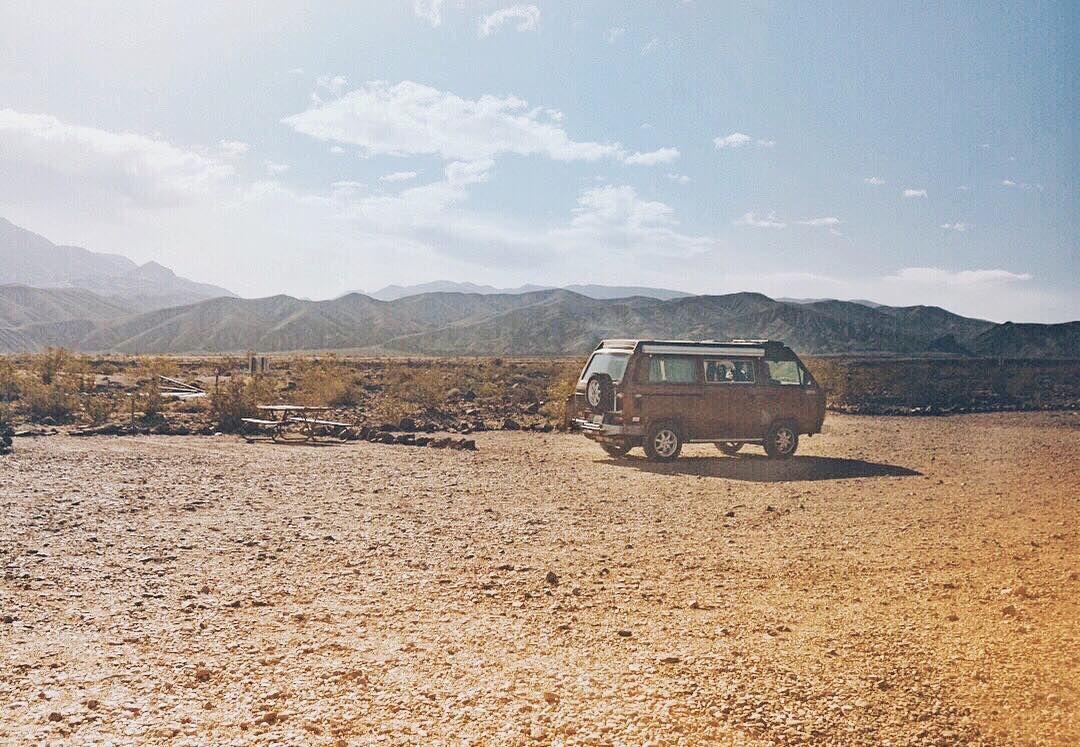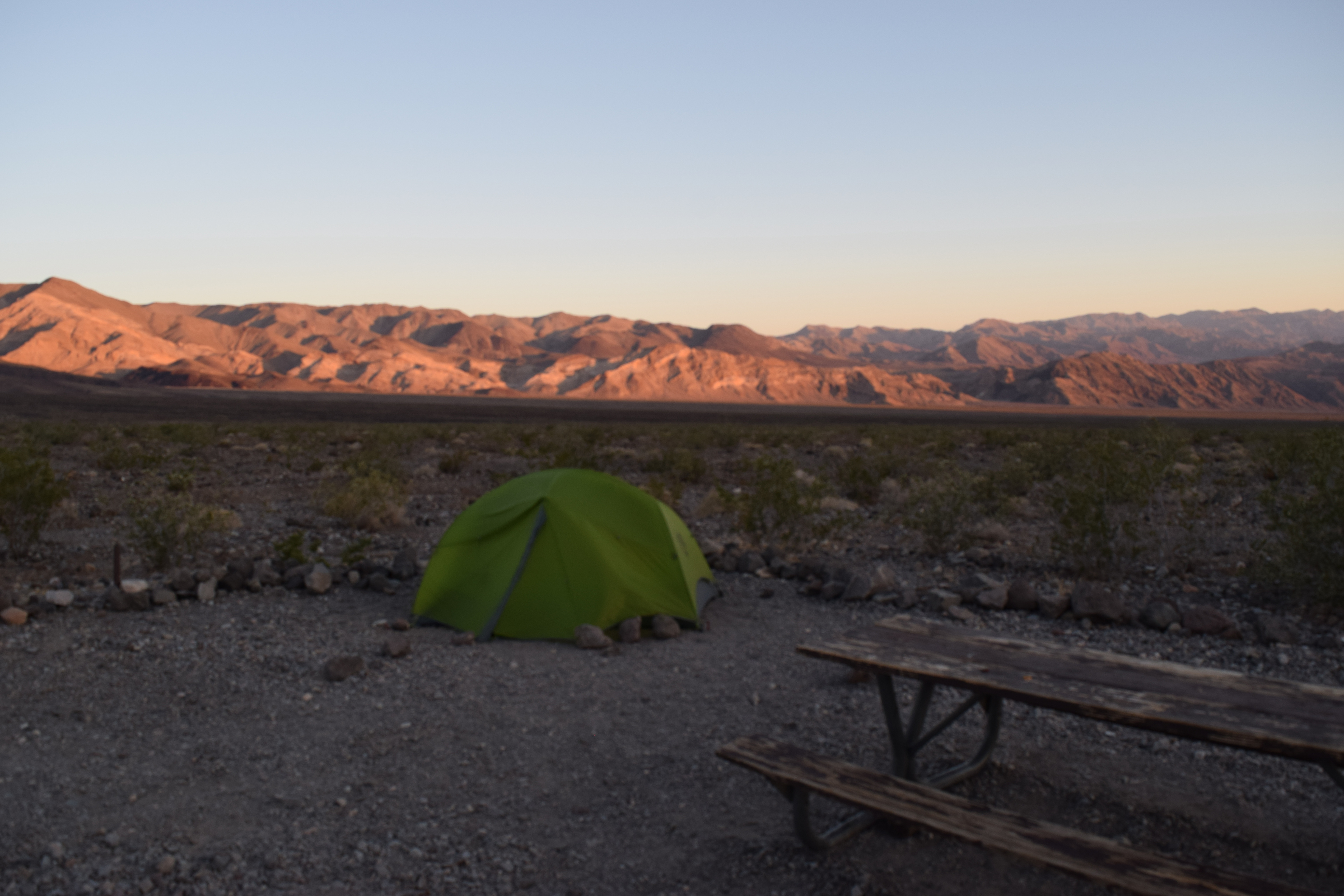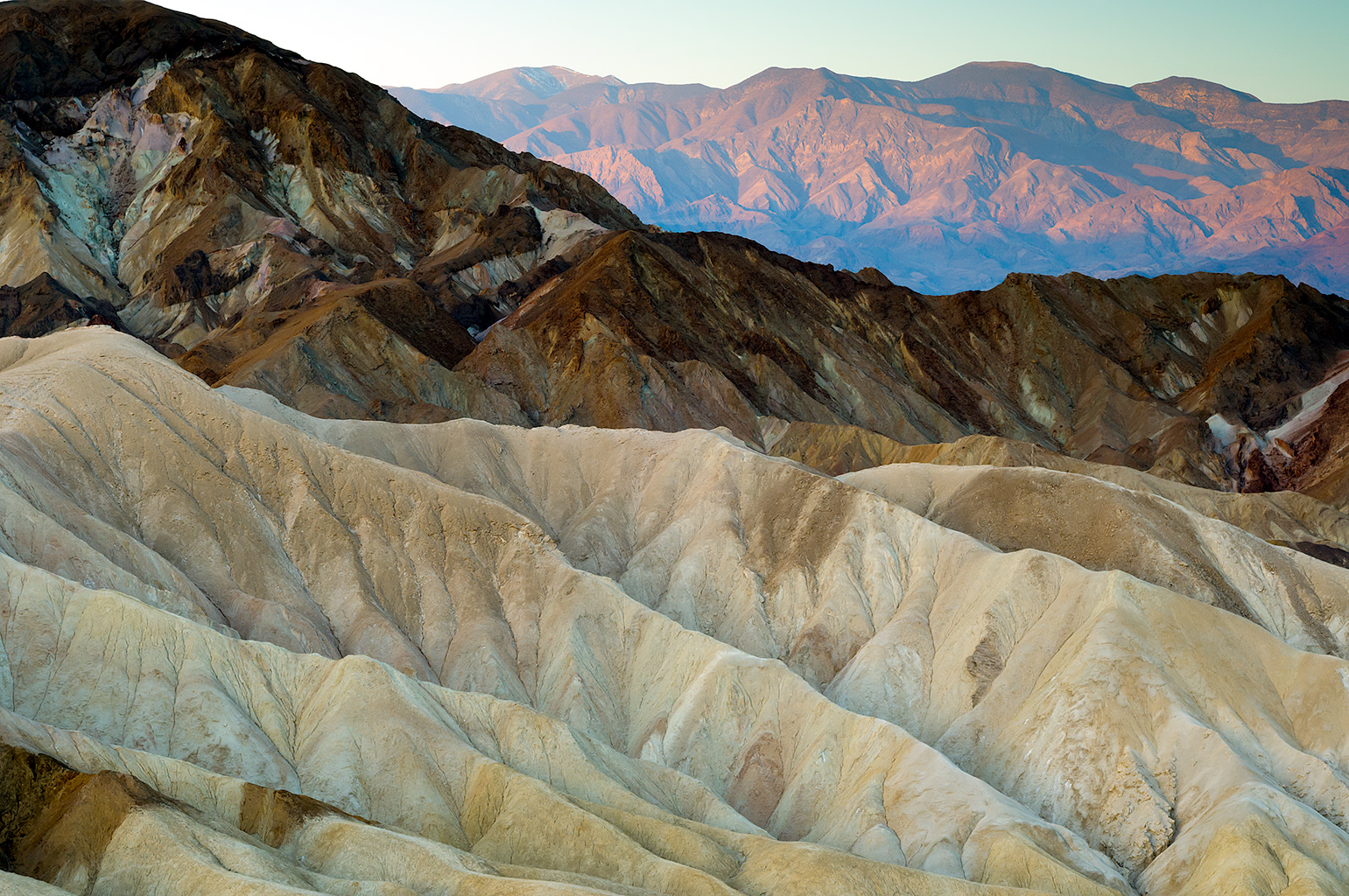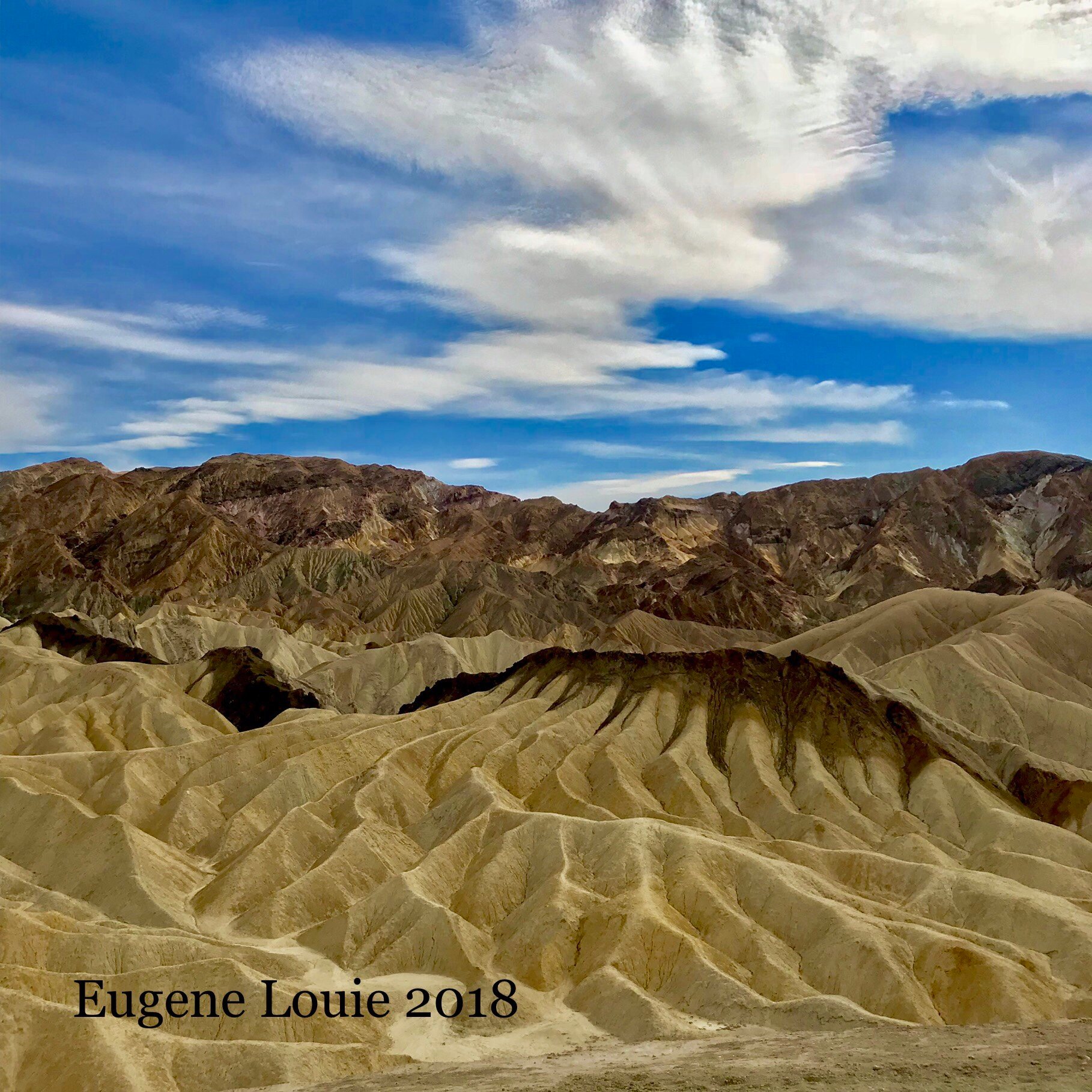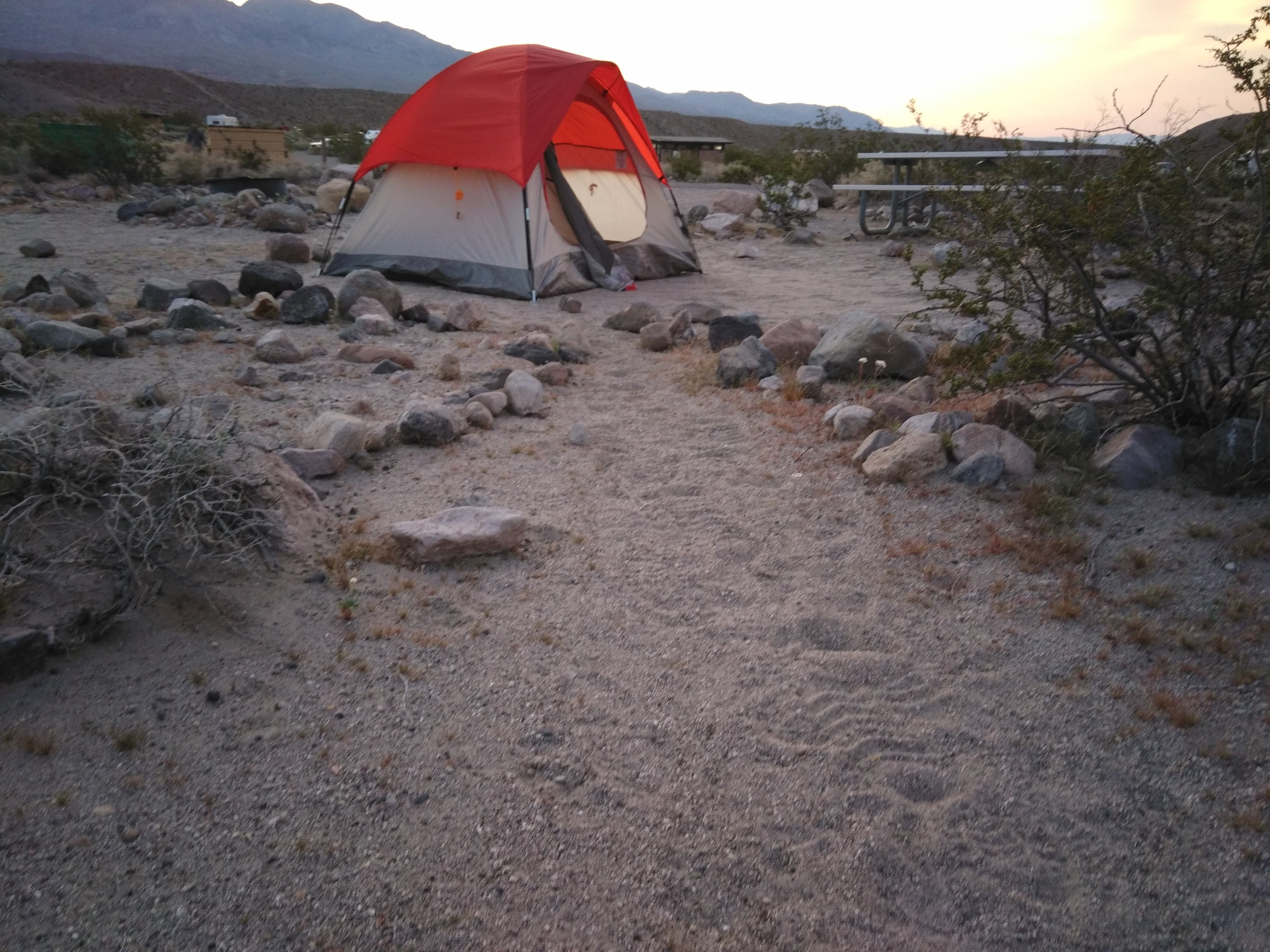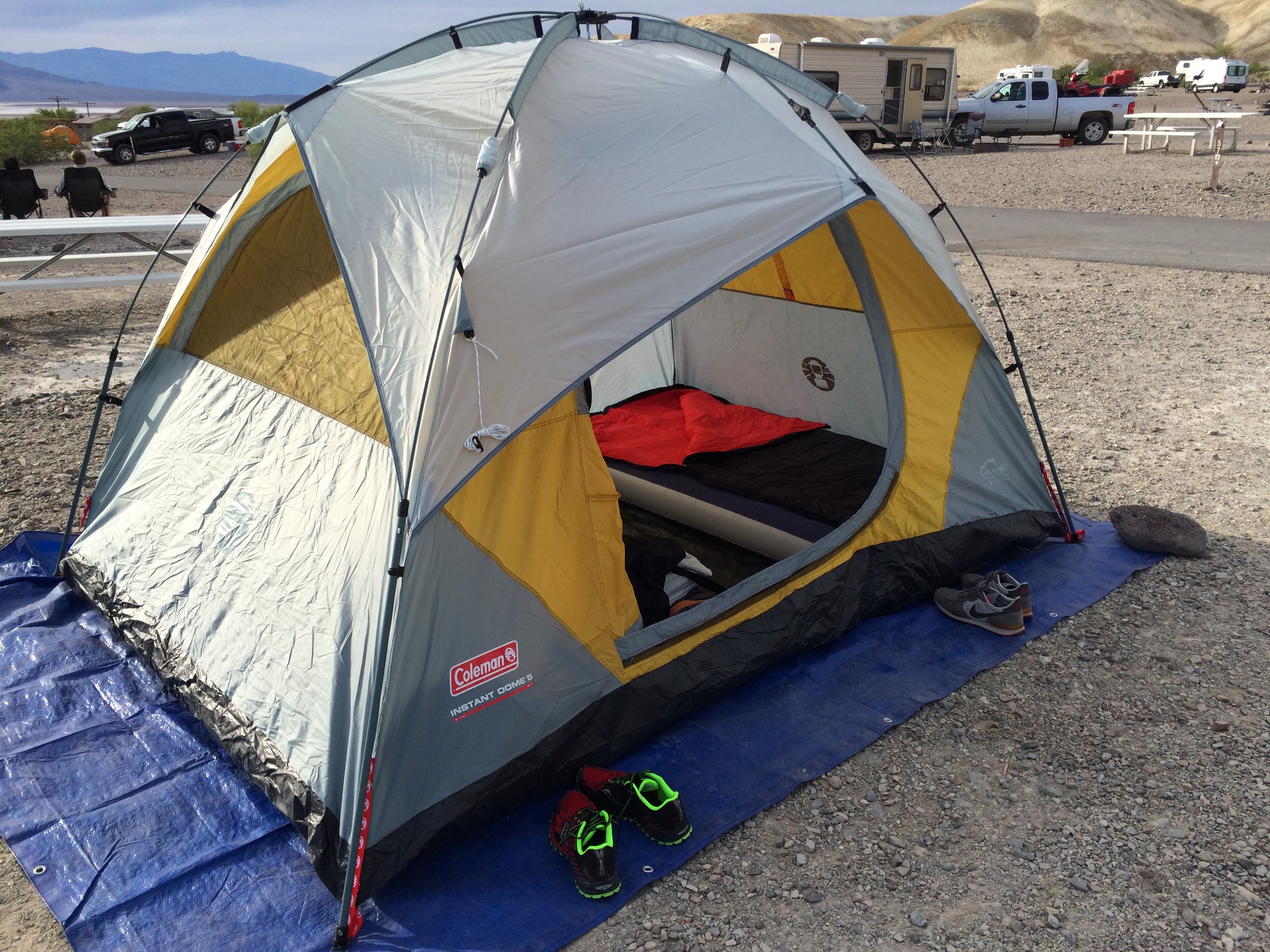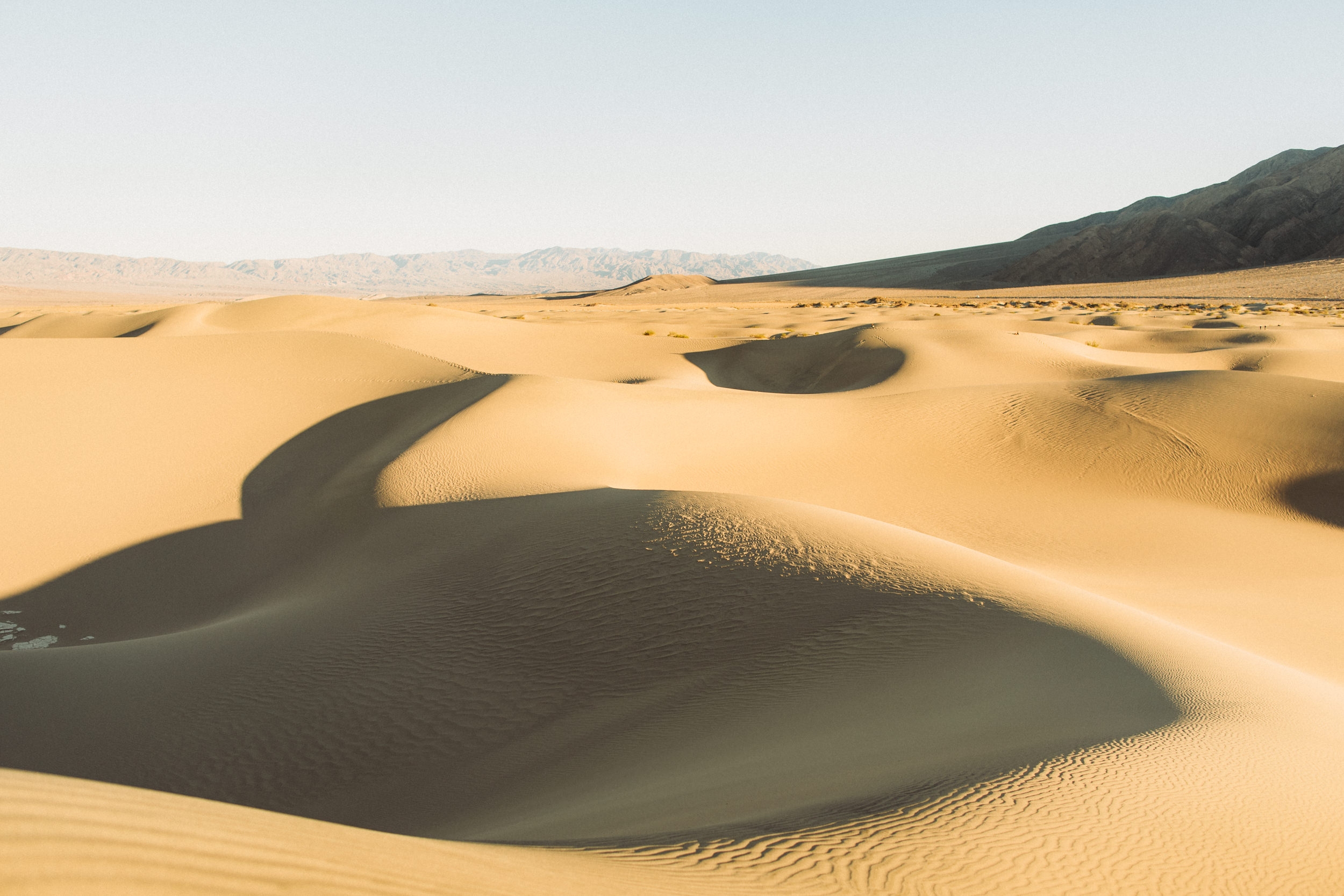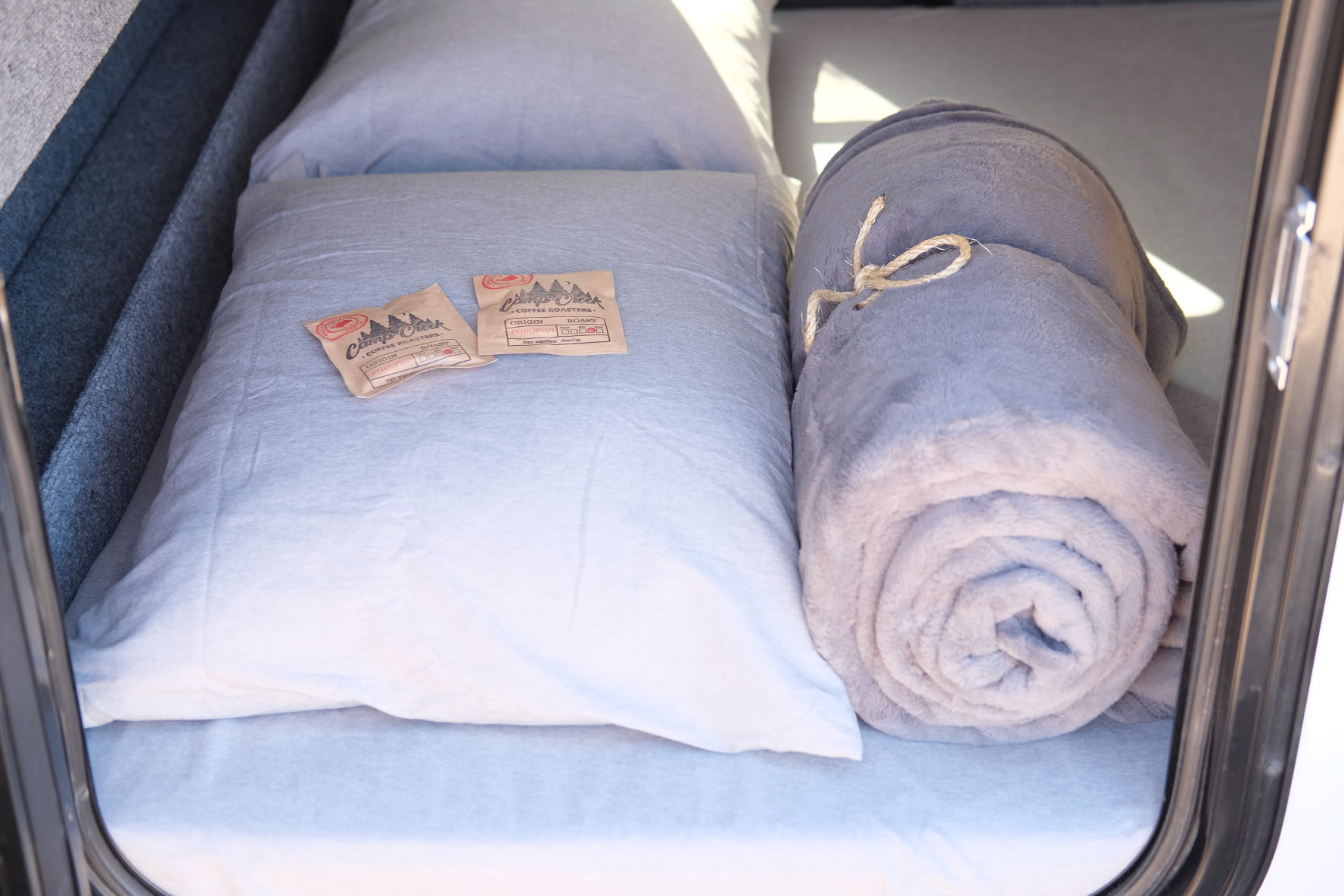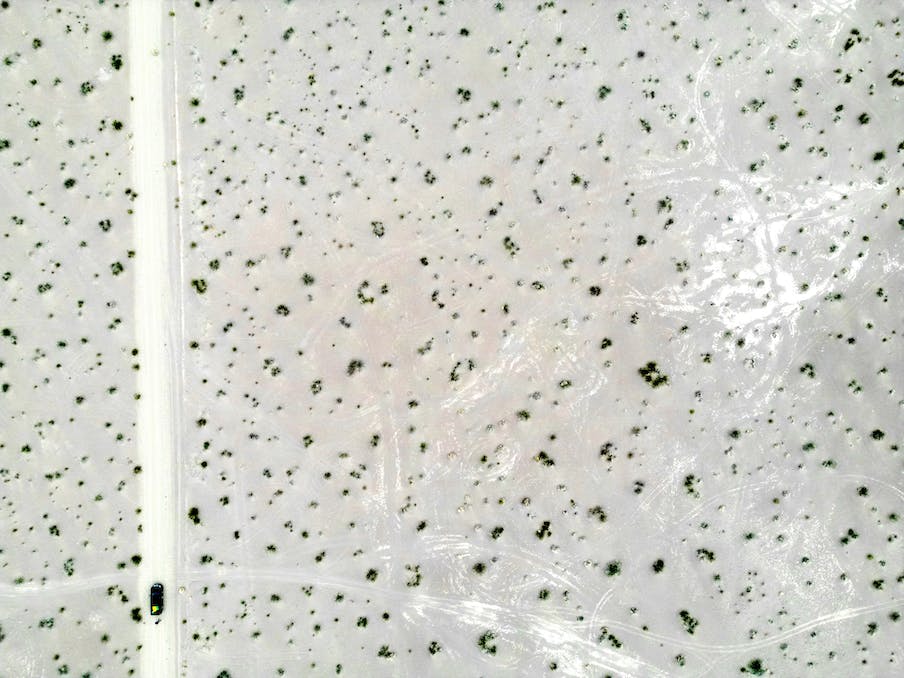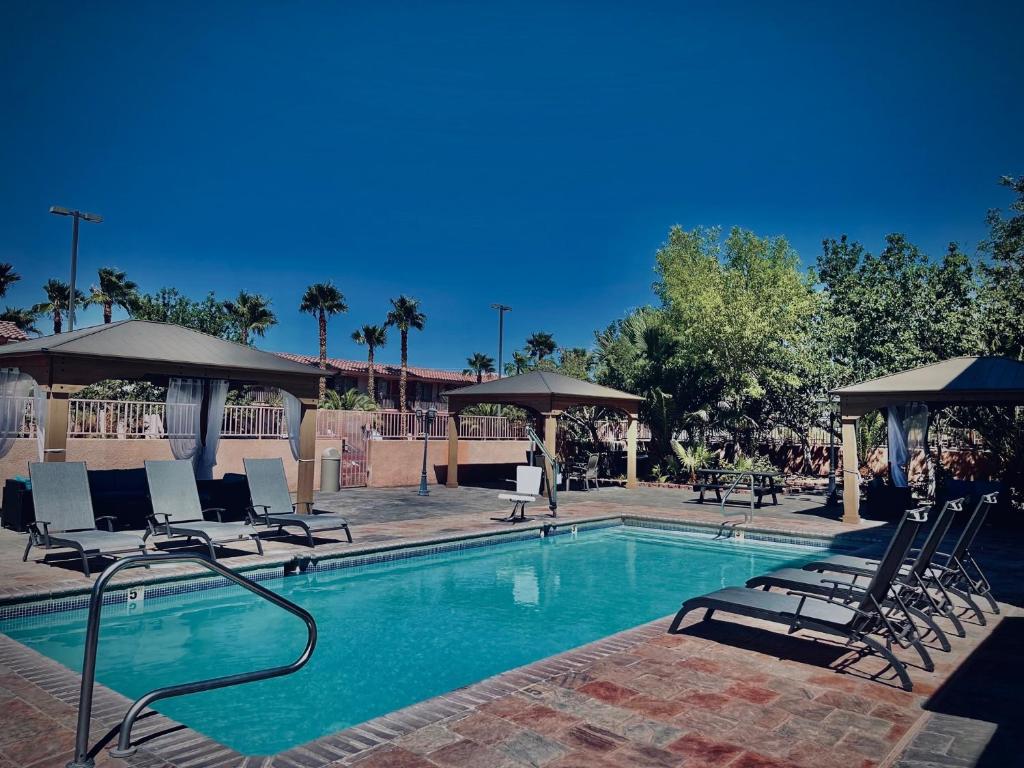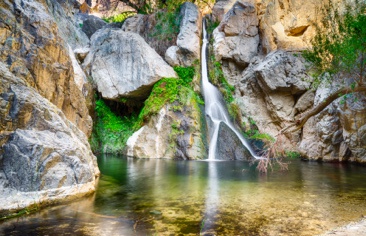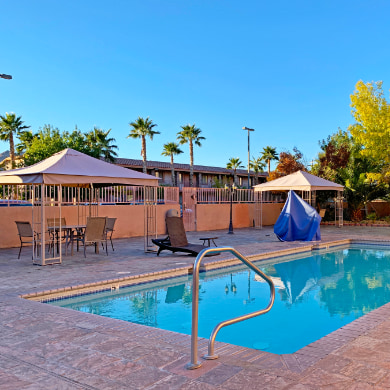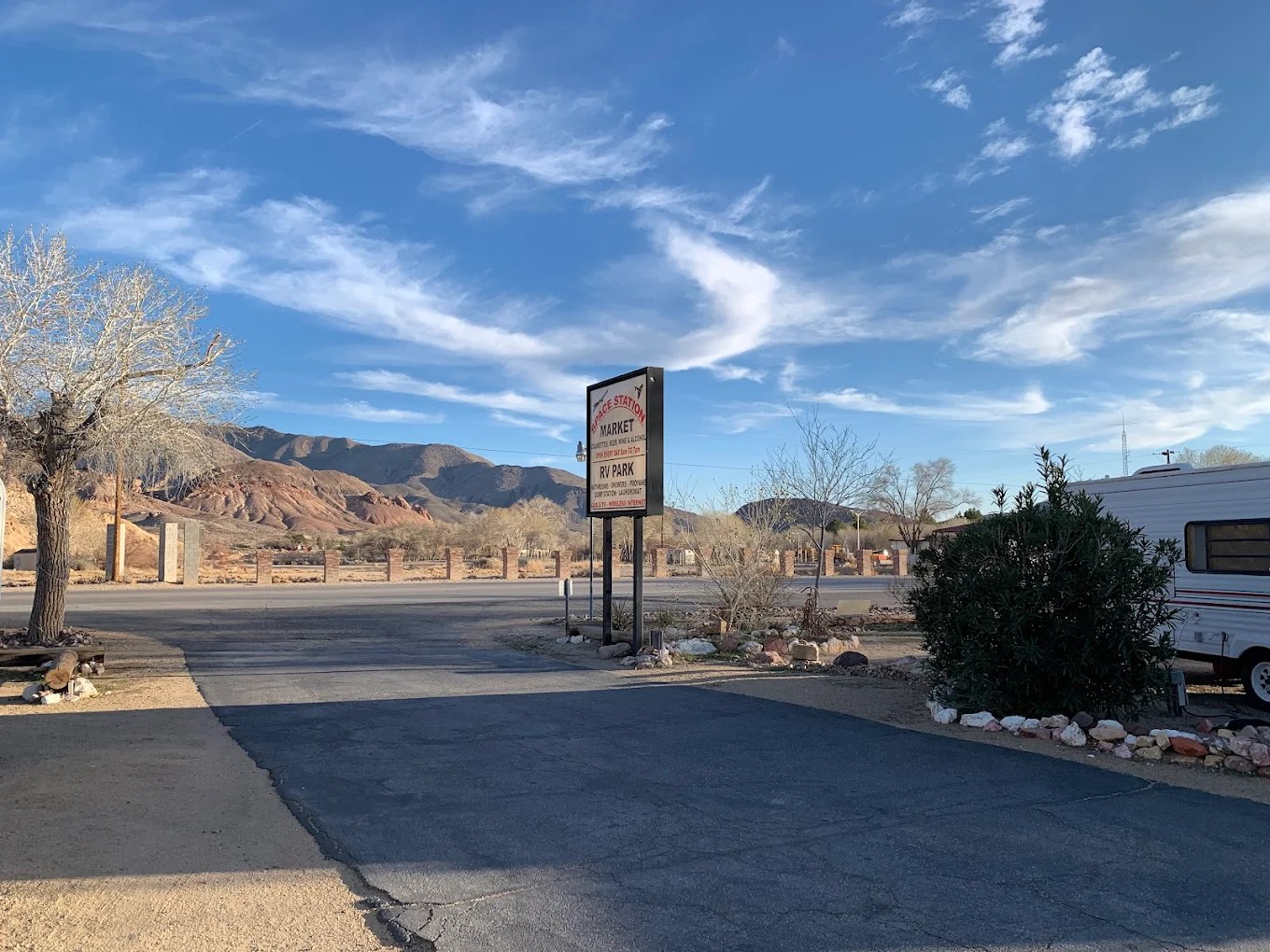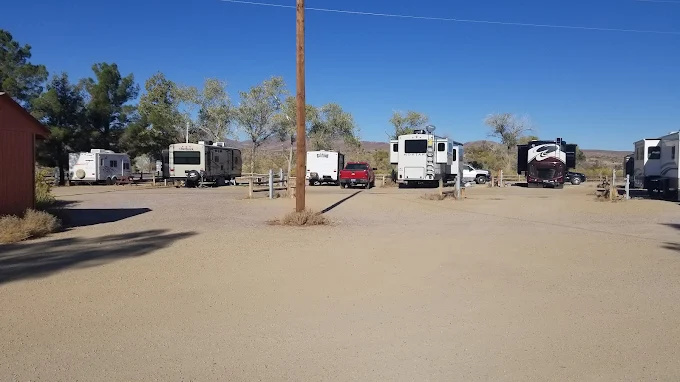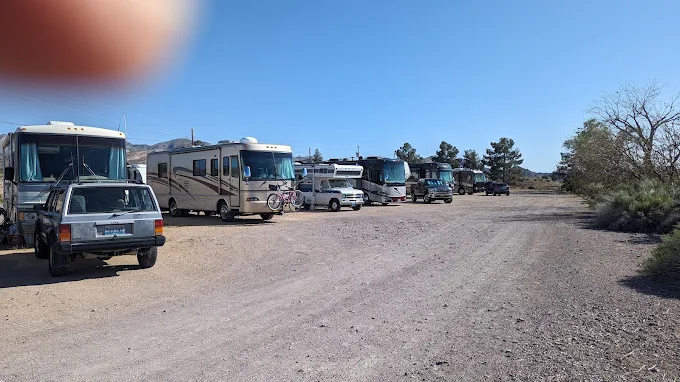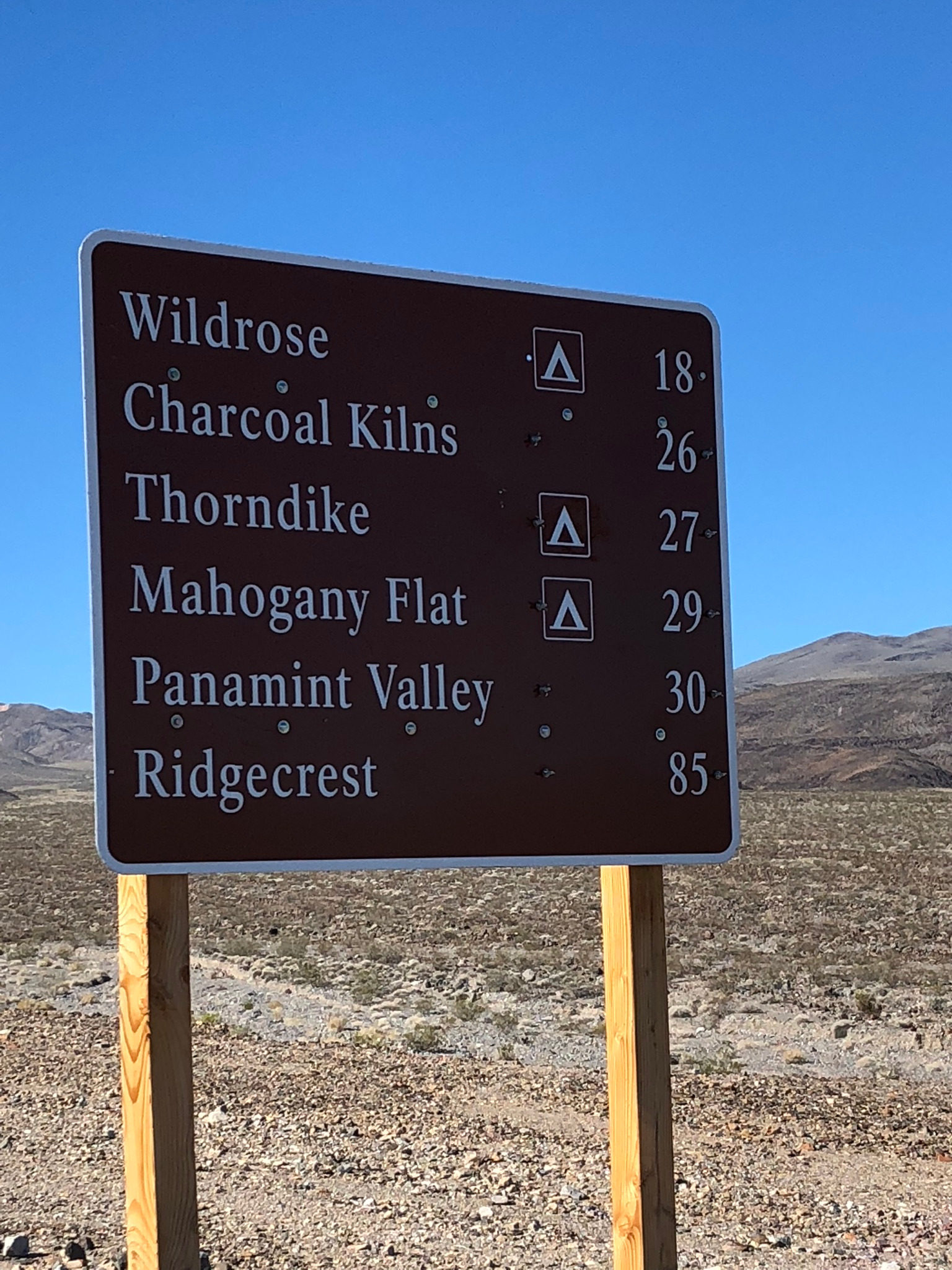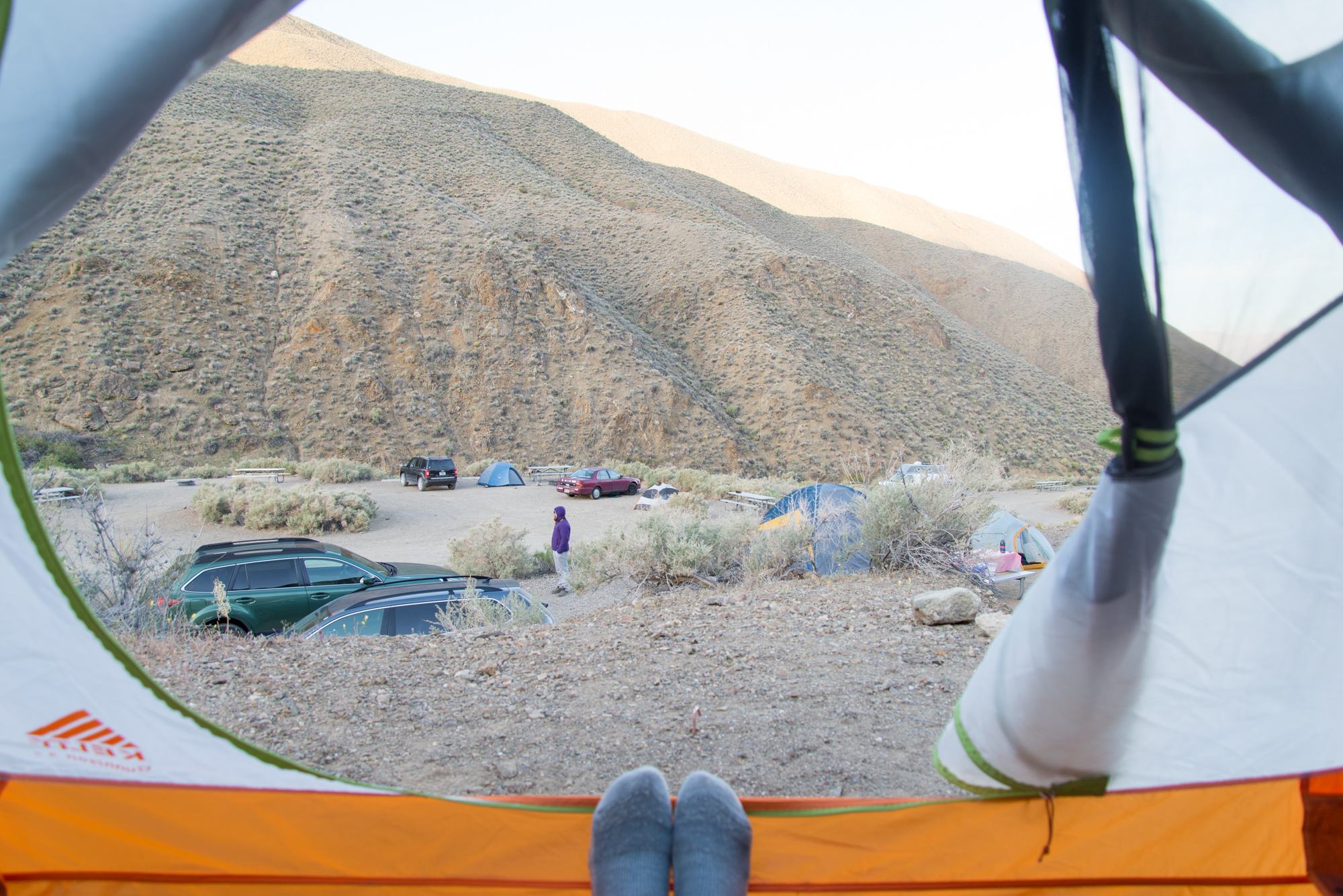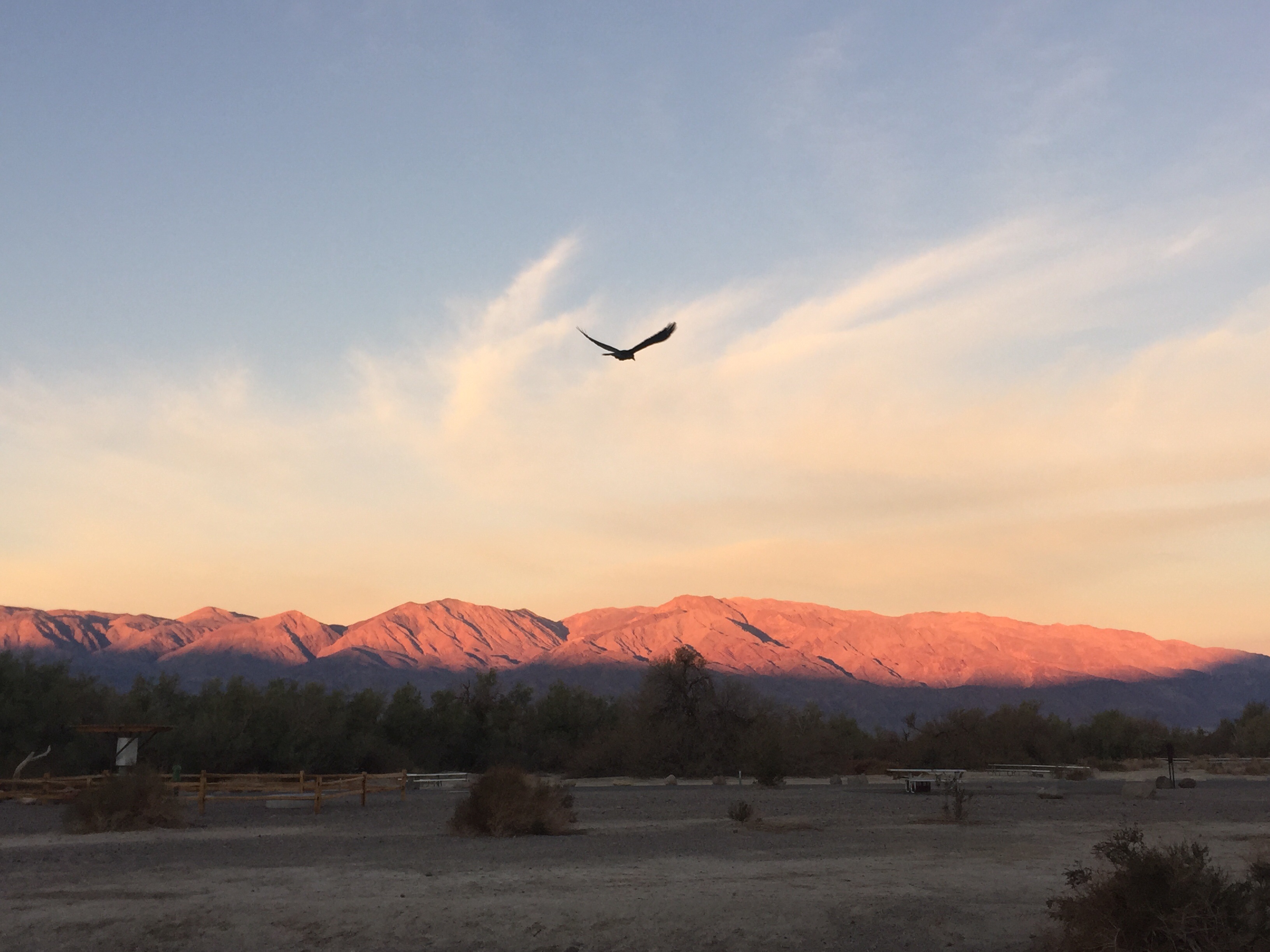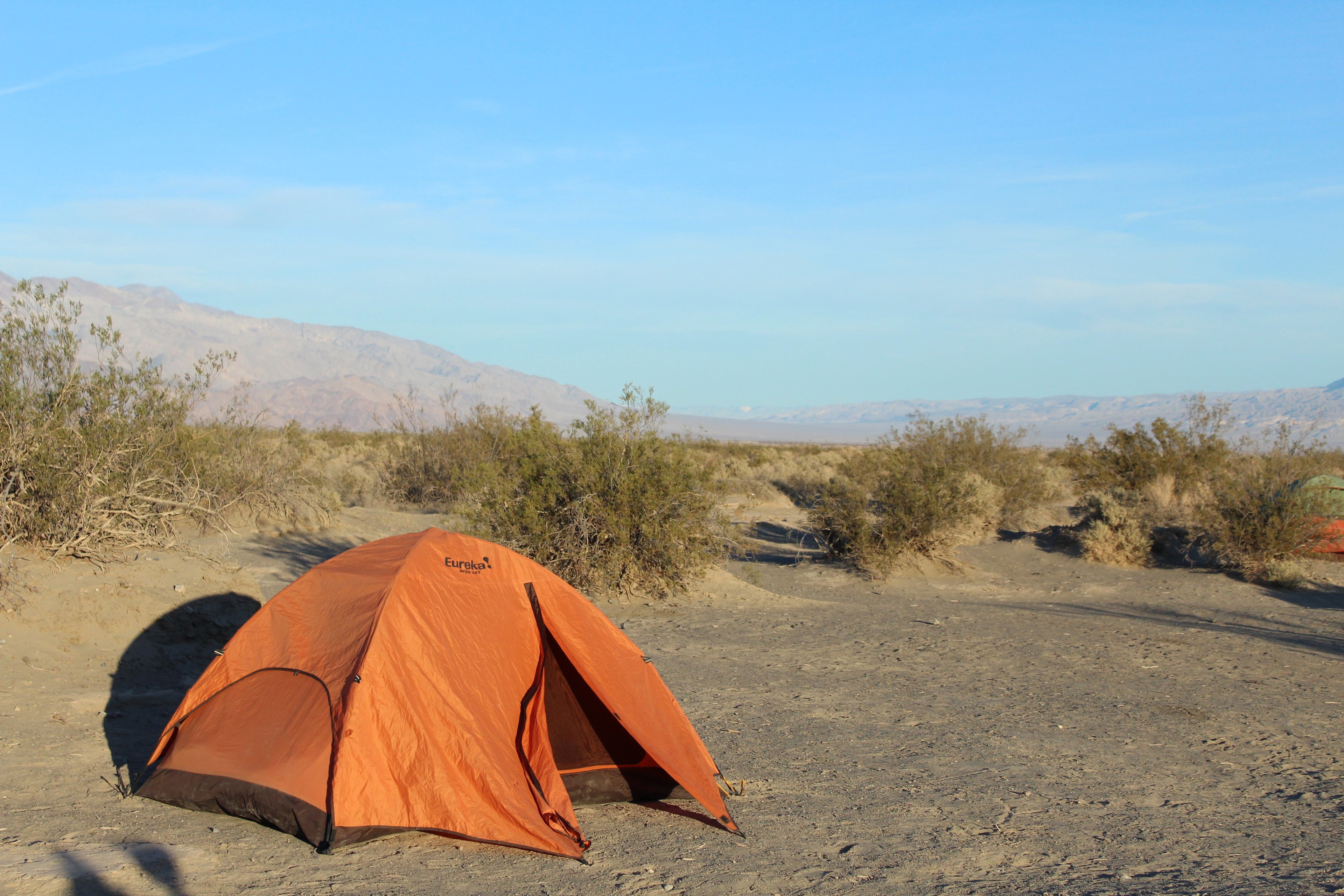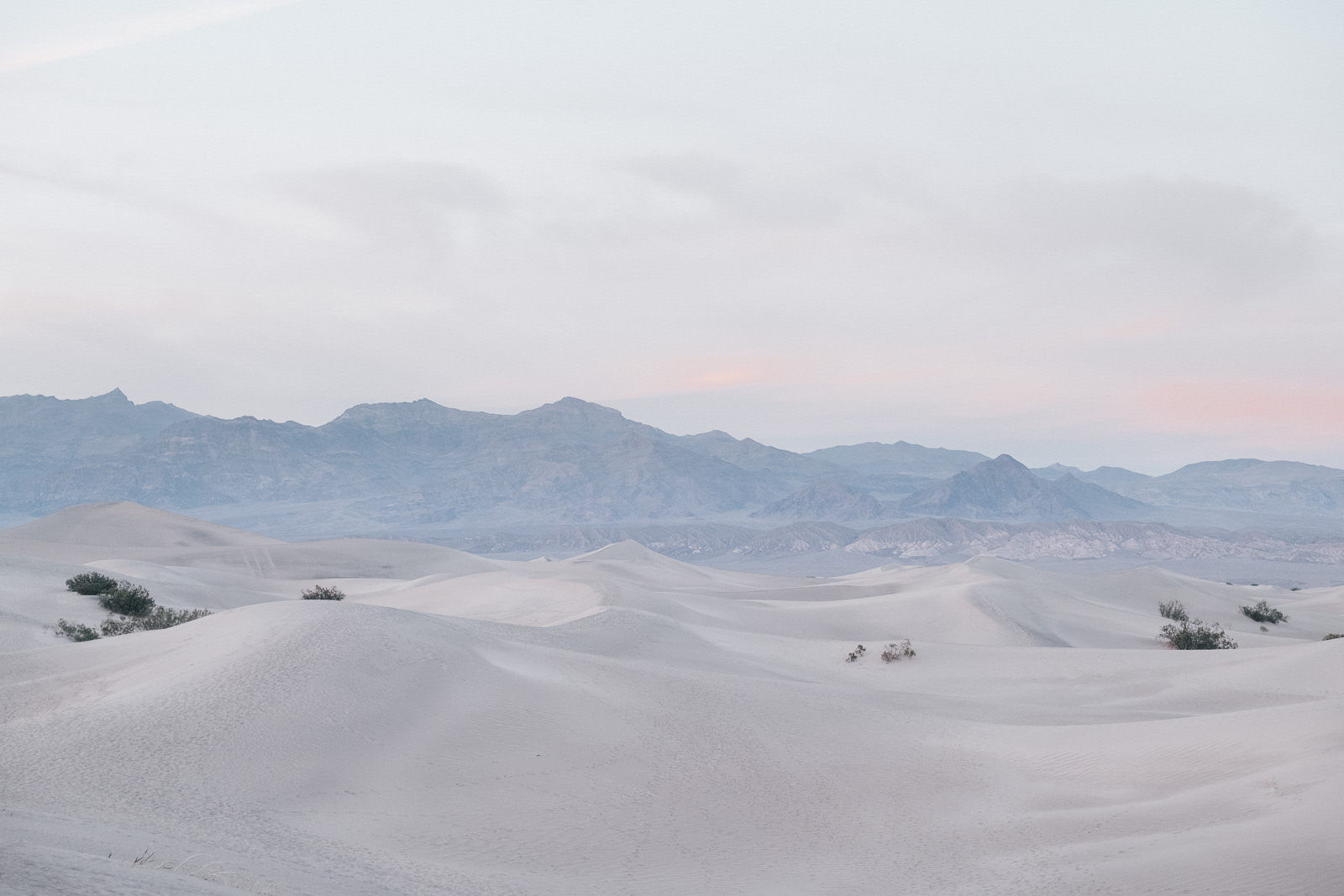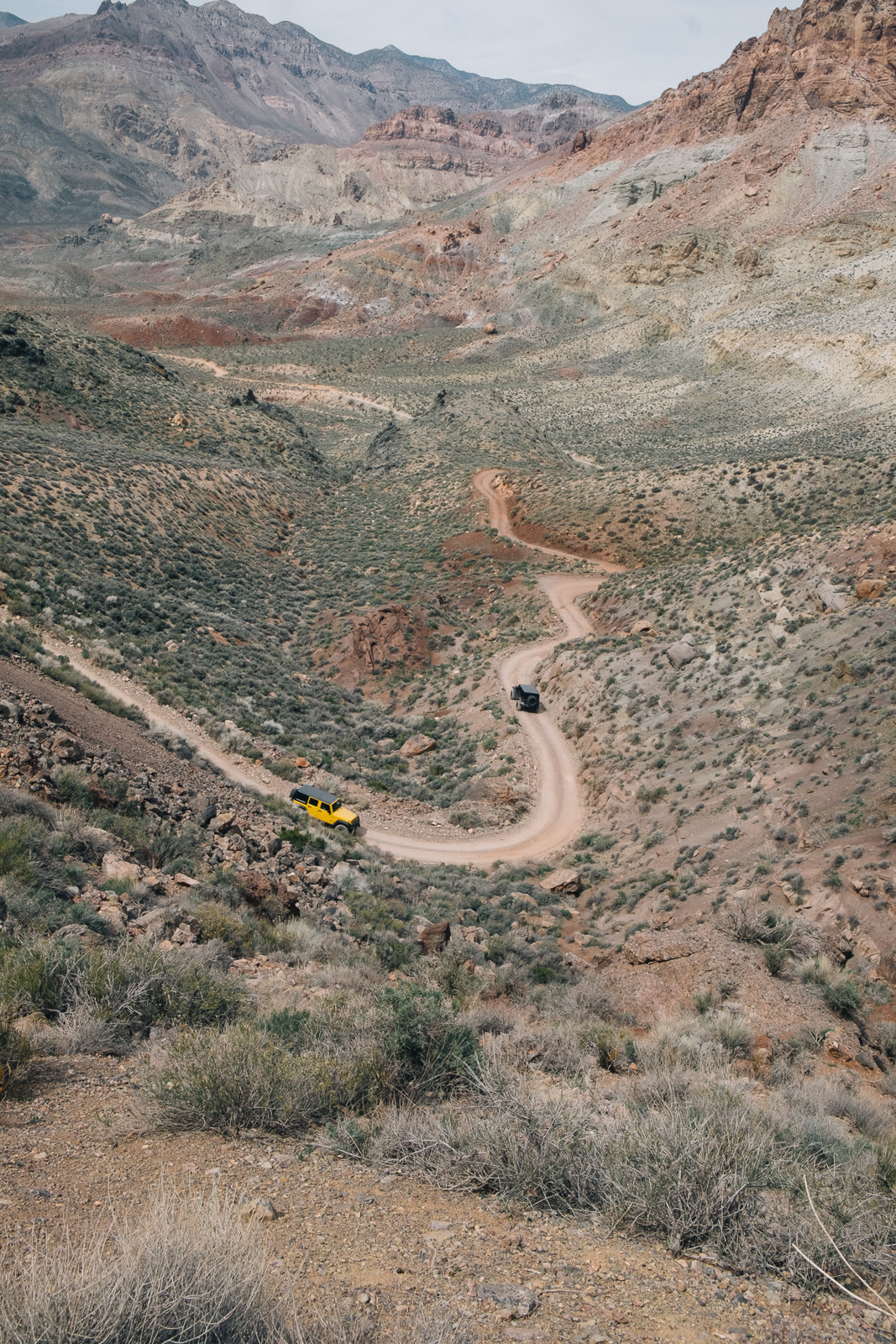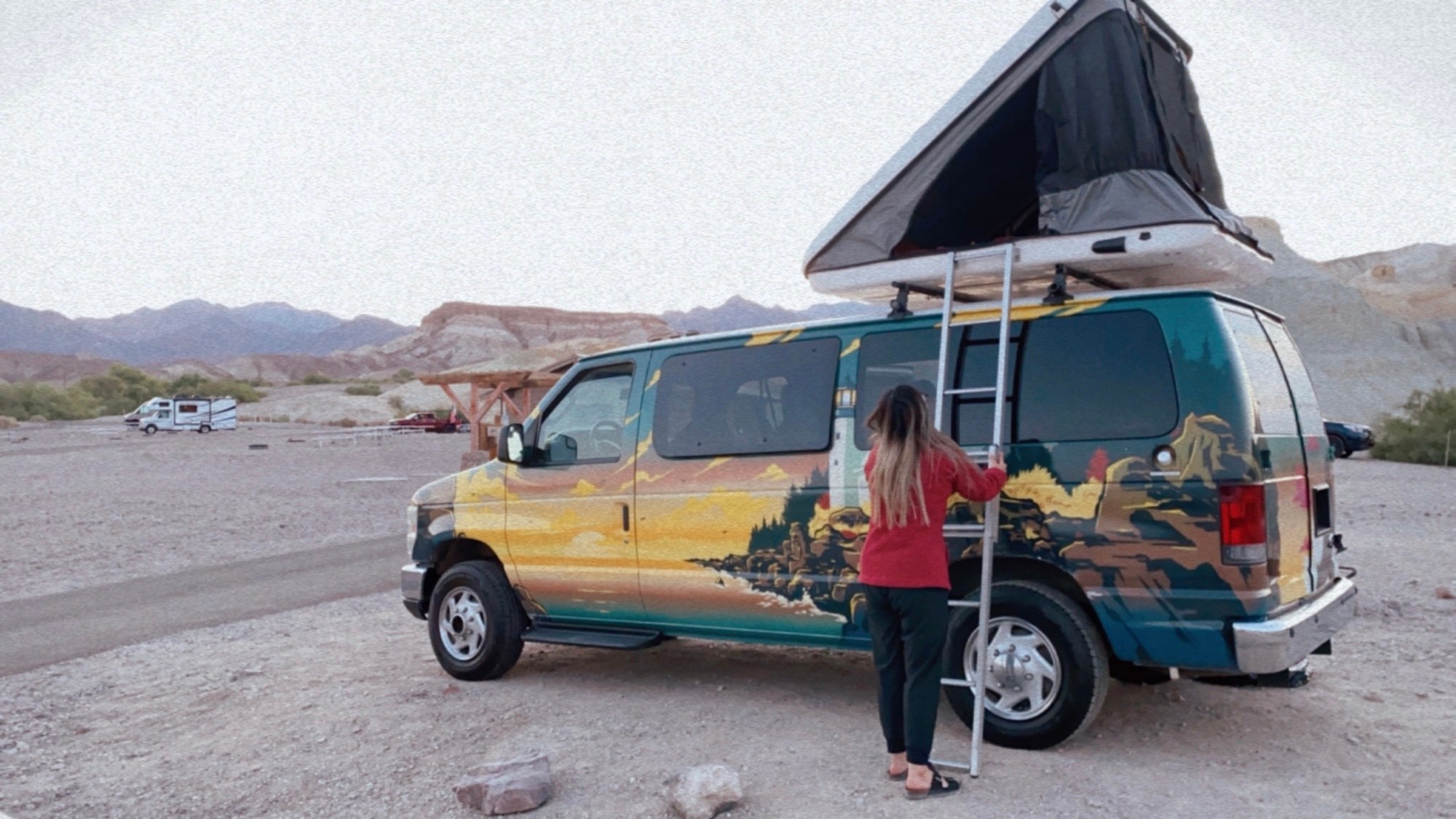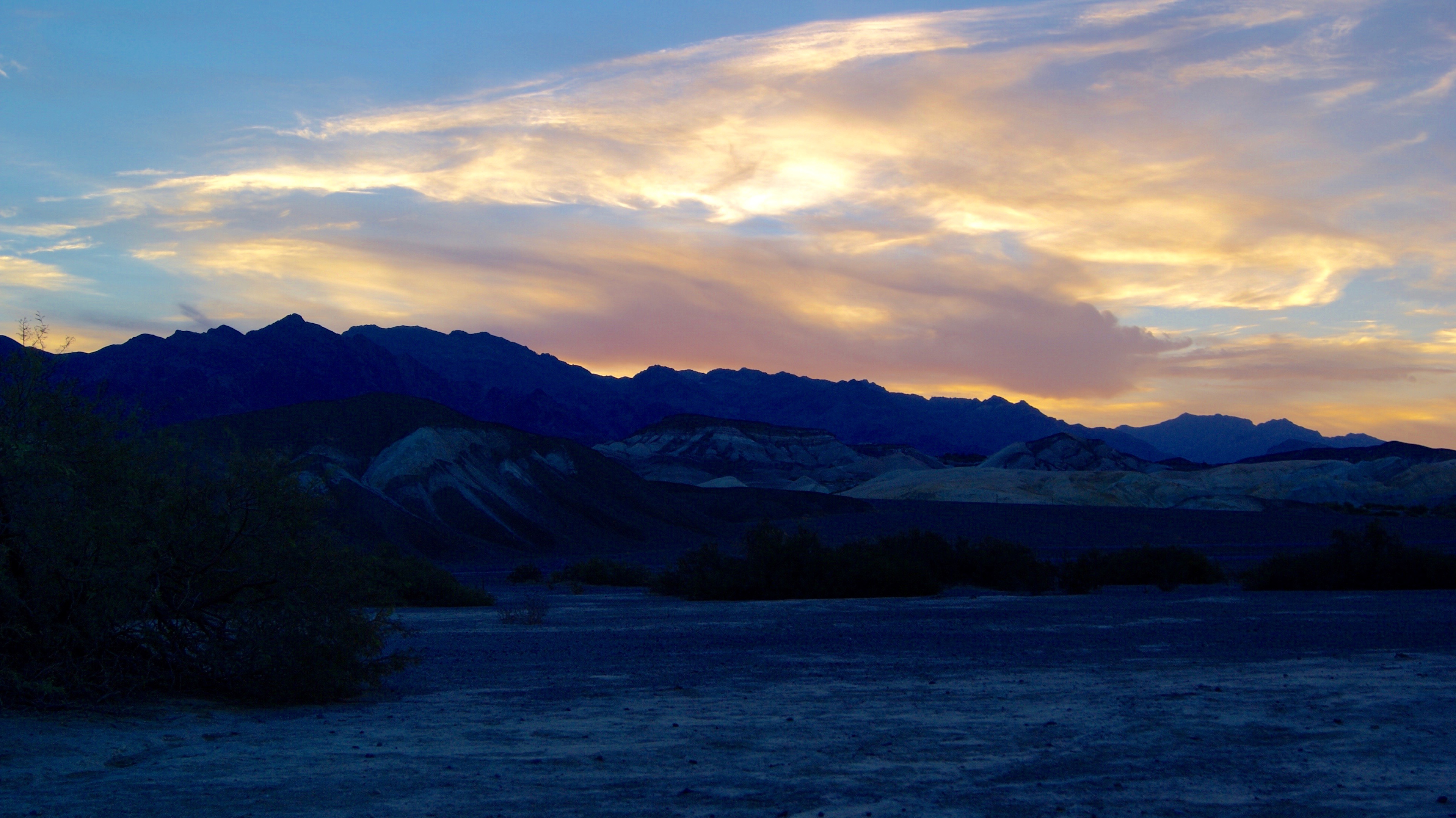- Death Valley National Park
The best camping in Death Valley National Park, CA
The best camping in Death Valley National Park, CA
Discover the most magical spots to pitch your tent or park your rig on your next Death Valley National Park adventure.
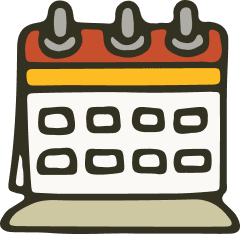
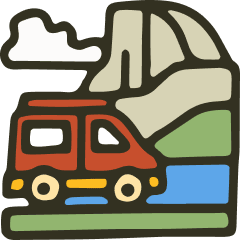

Recent reviews from the Hipcamp community
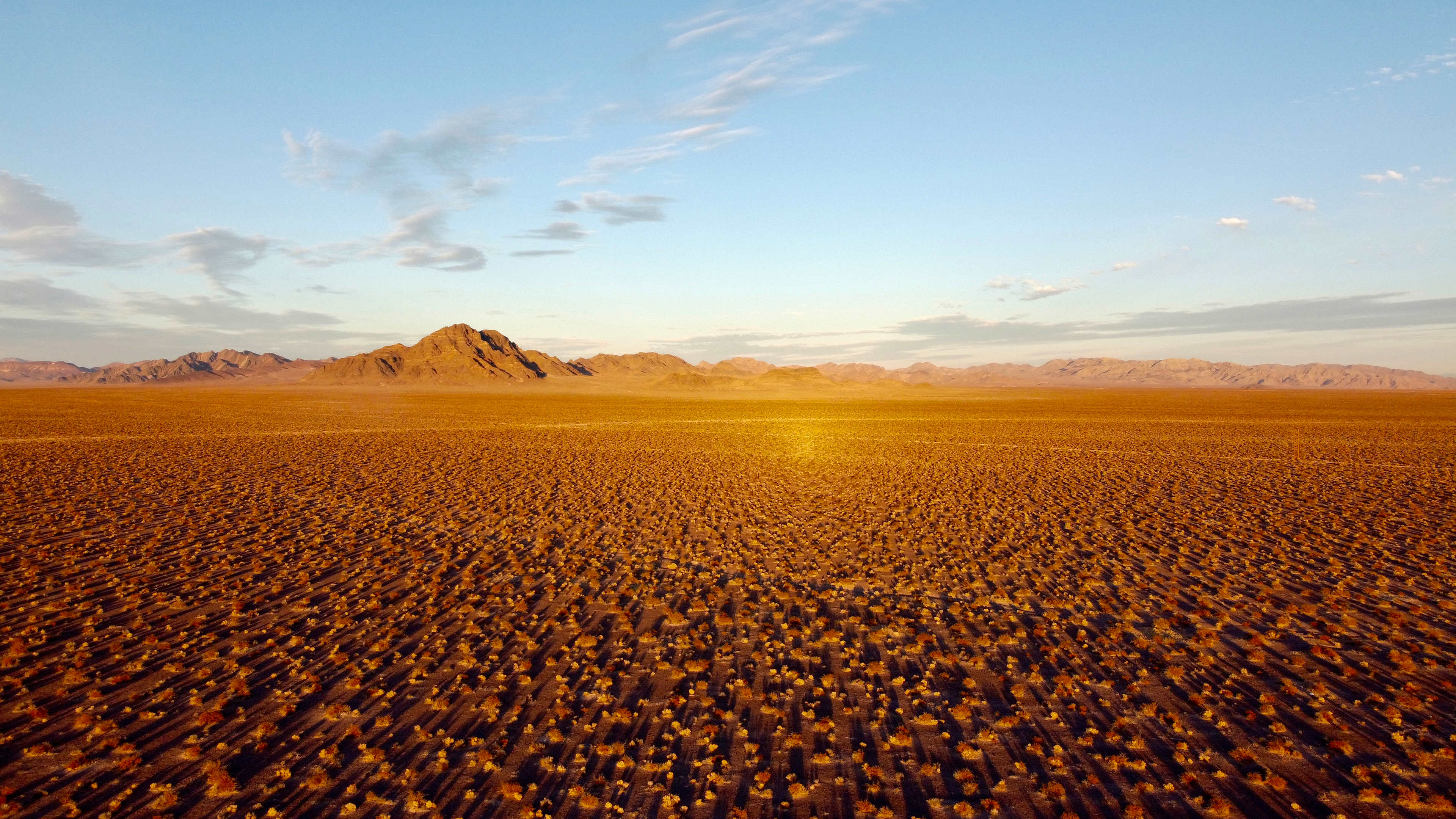

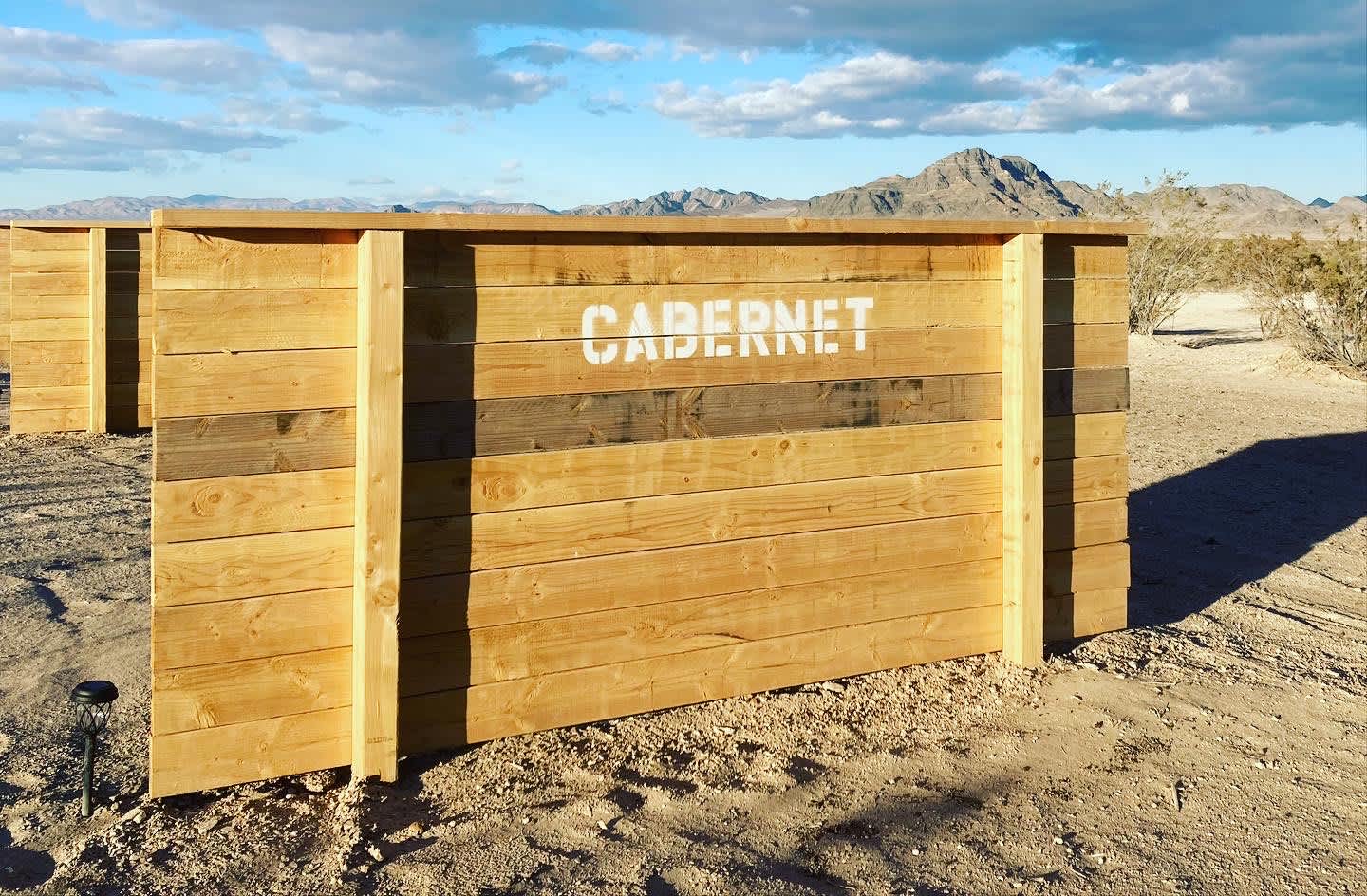


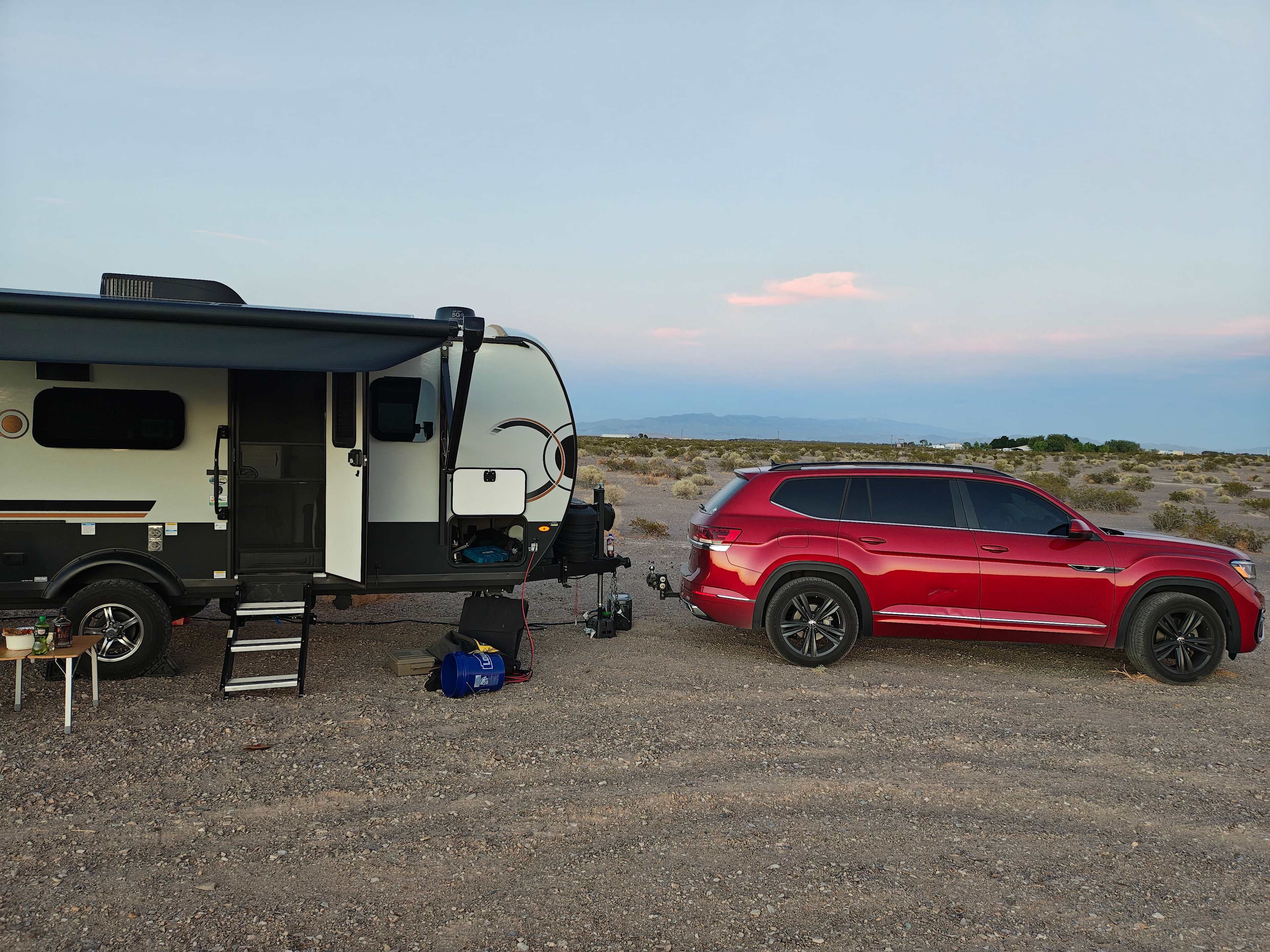

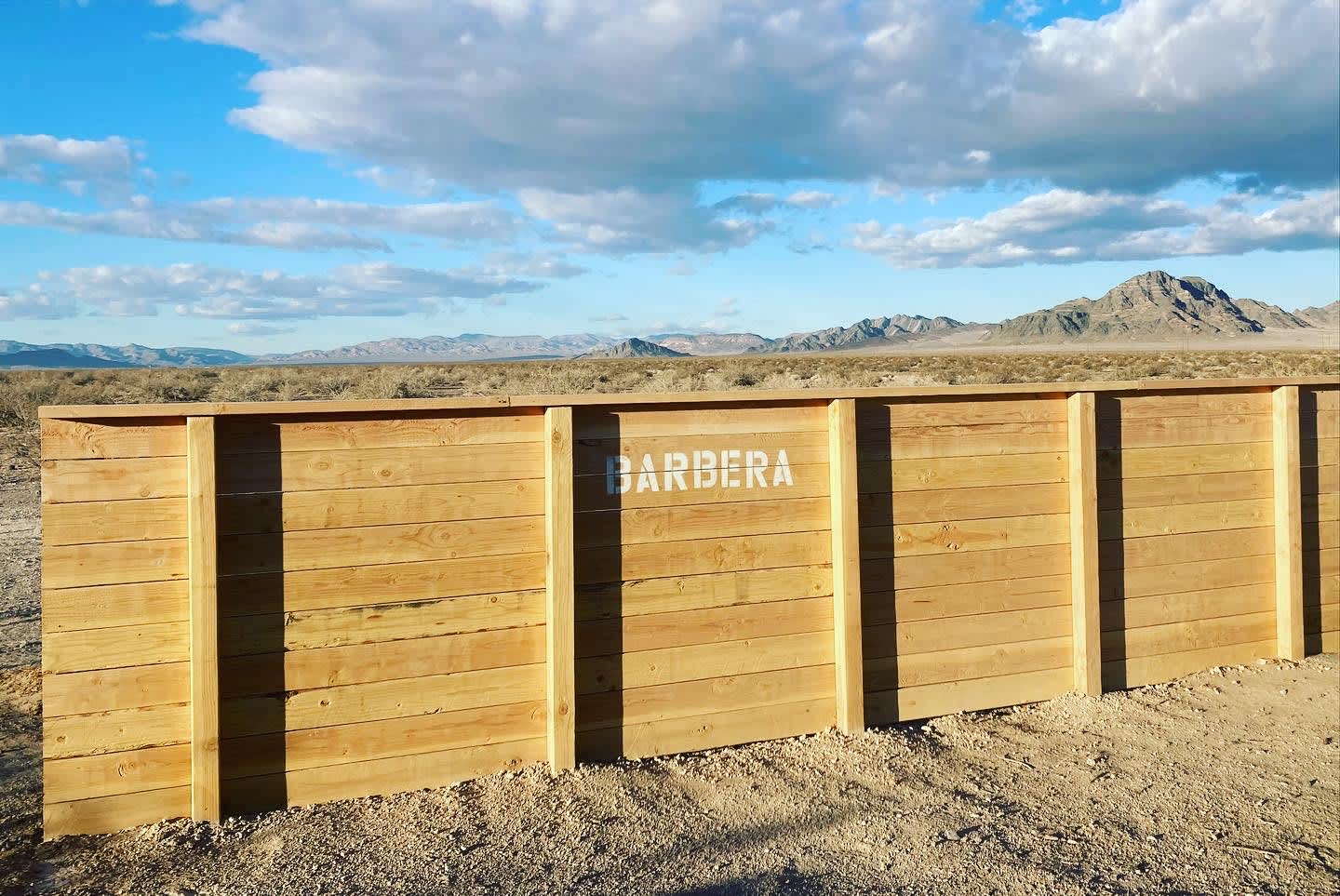


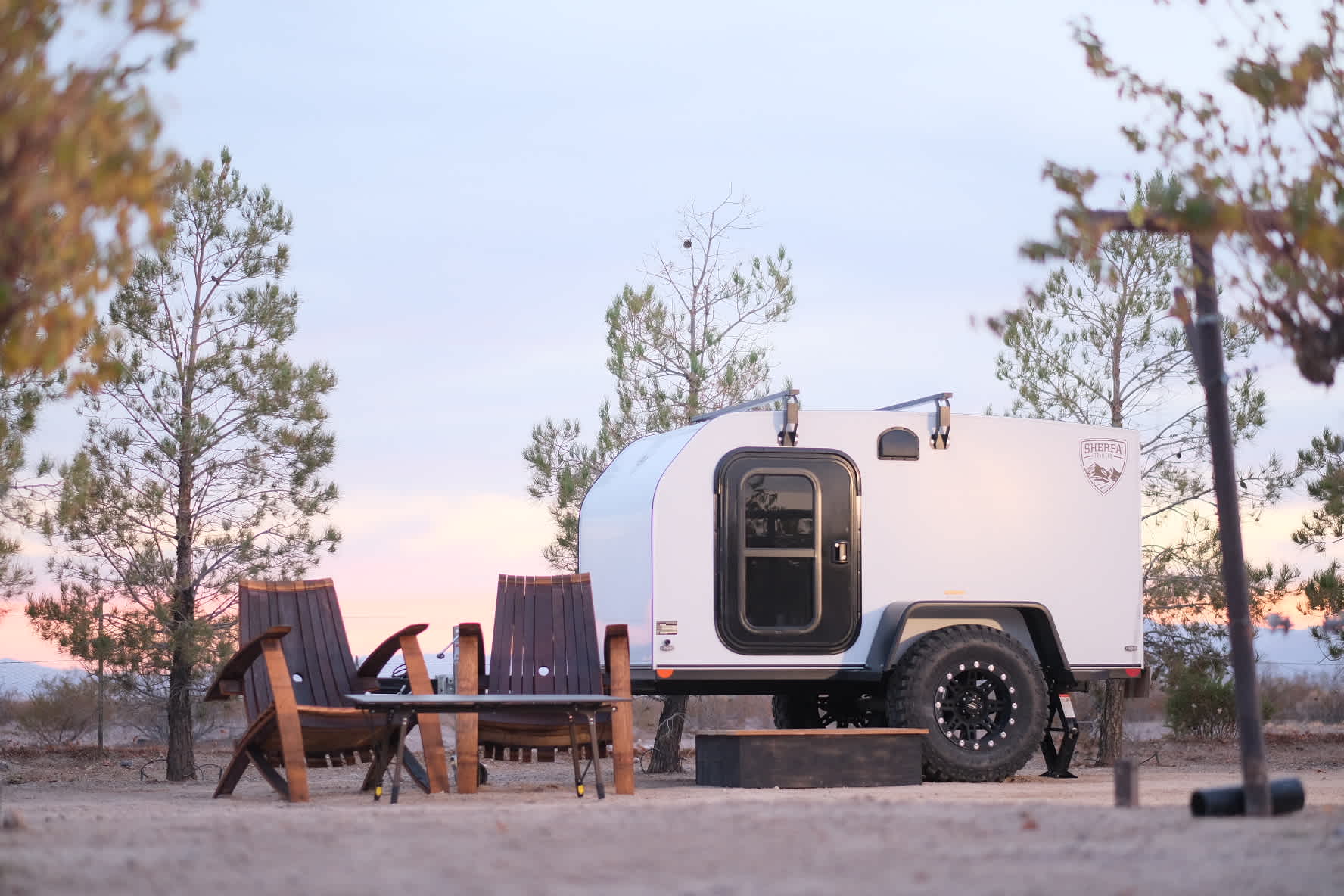
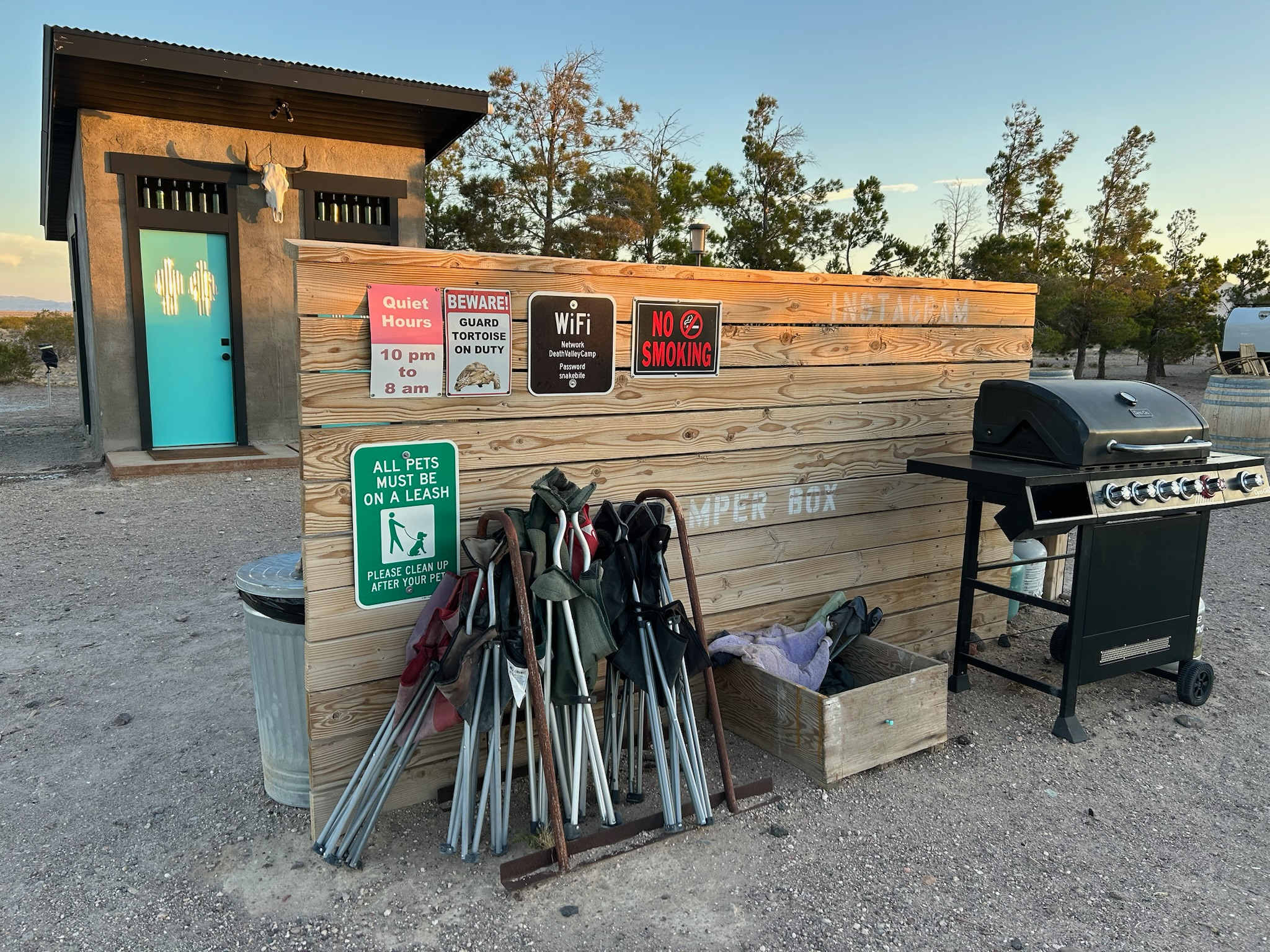
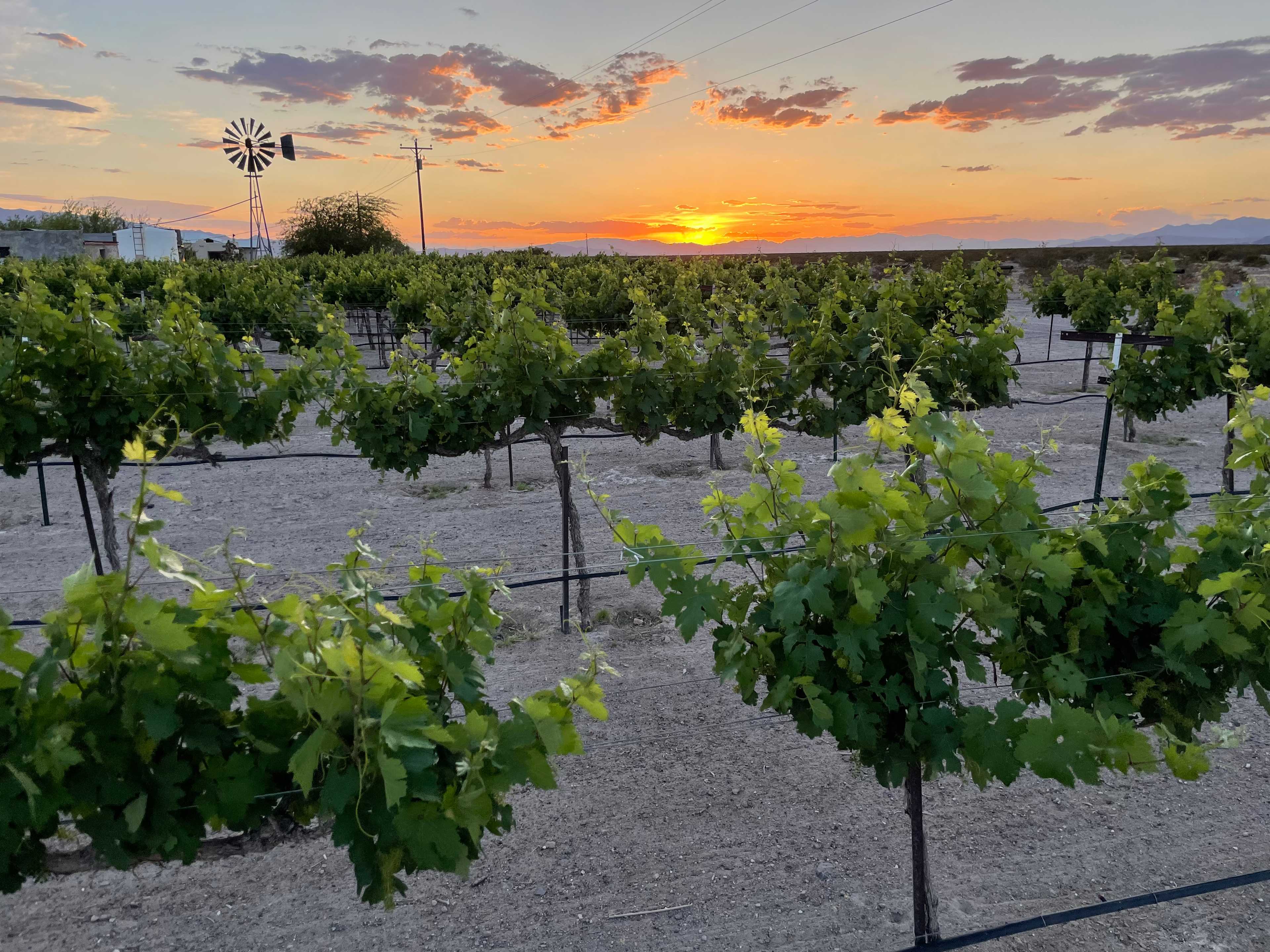

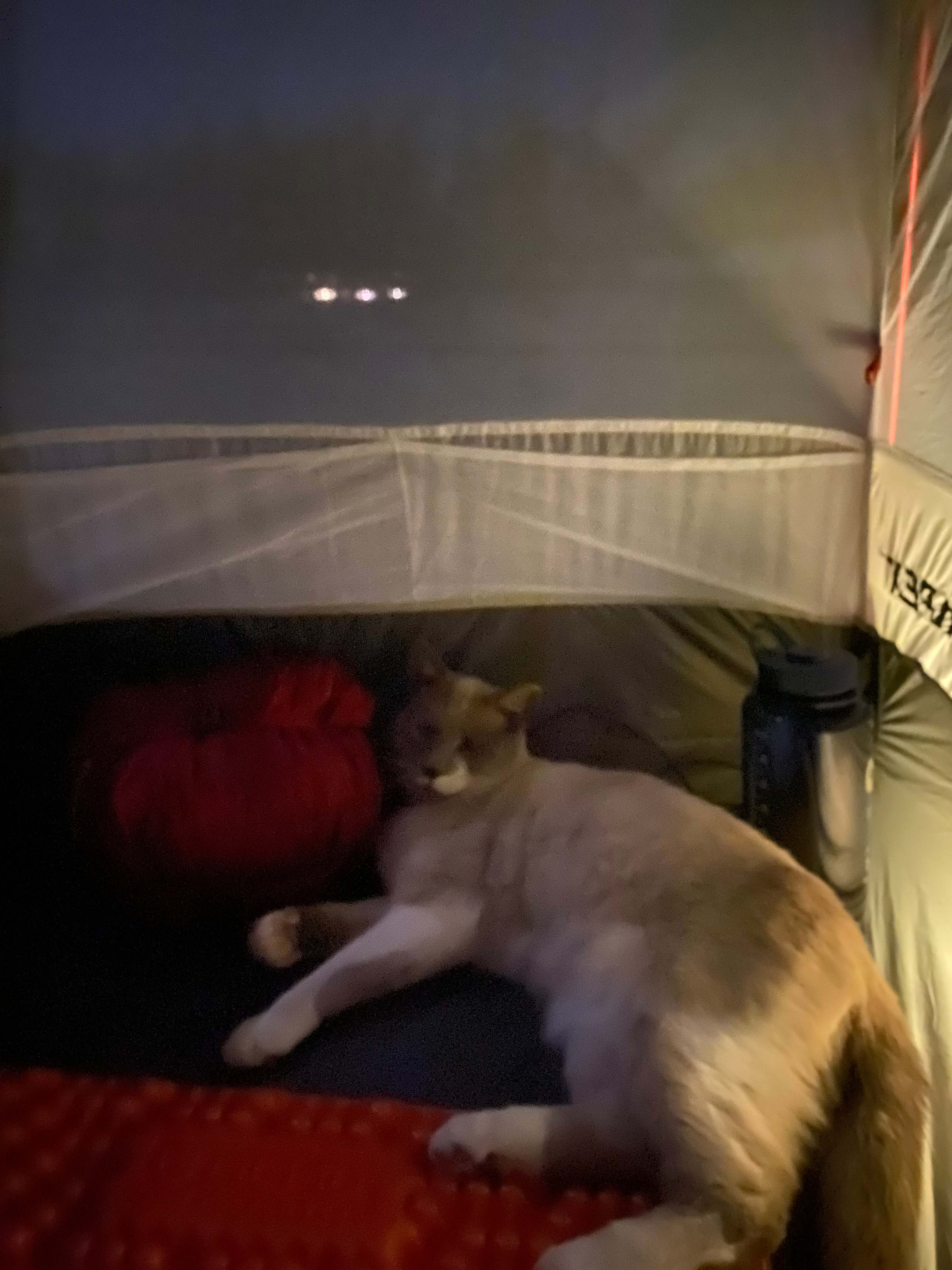


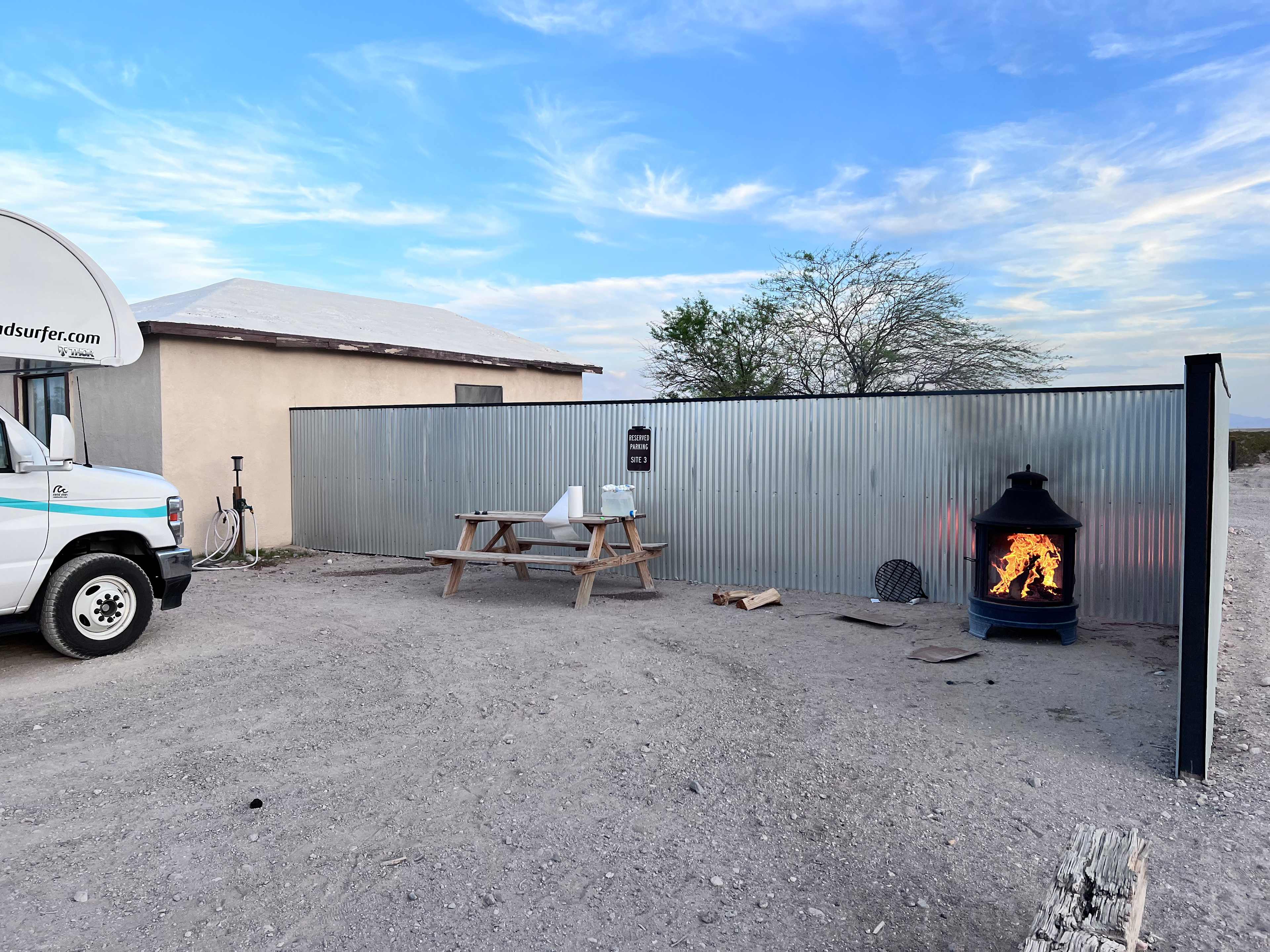

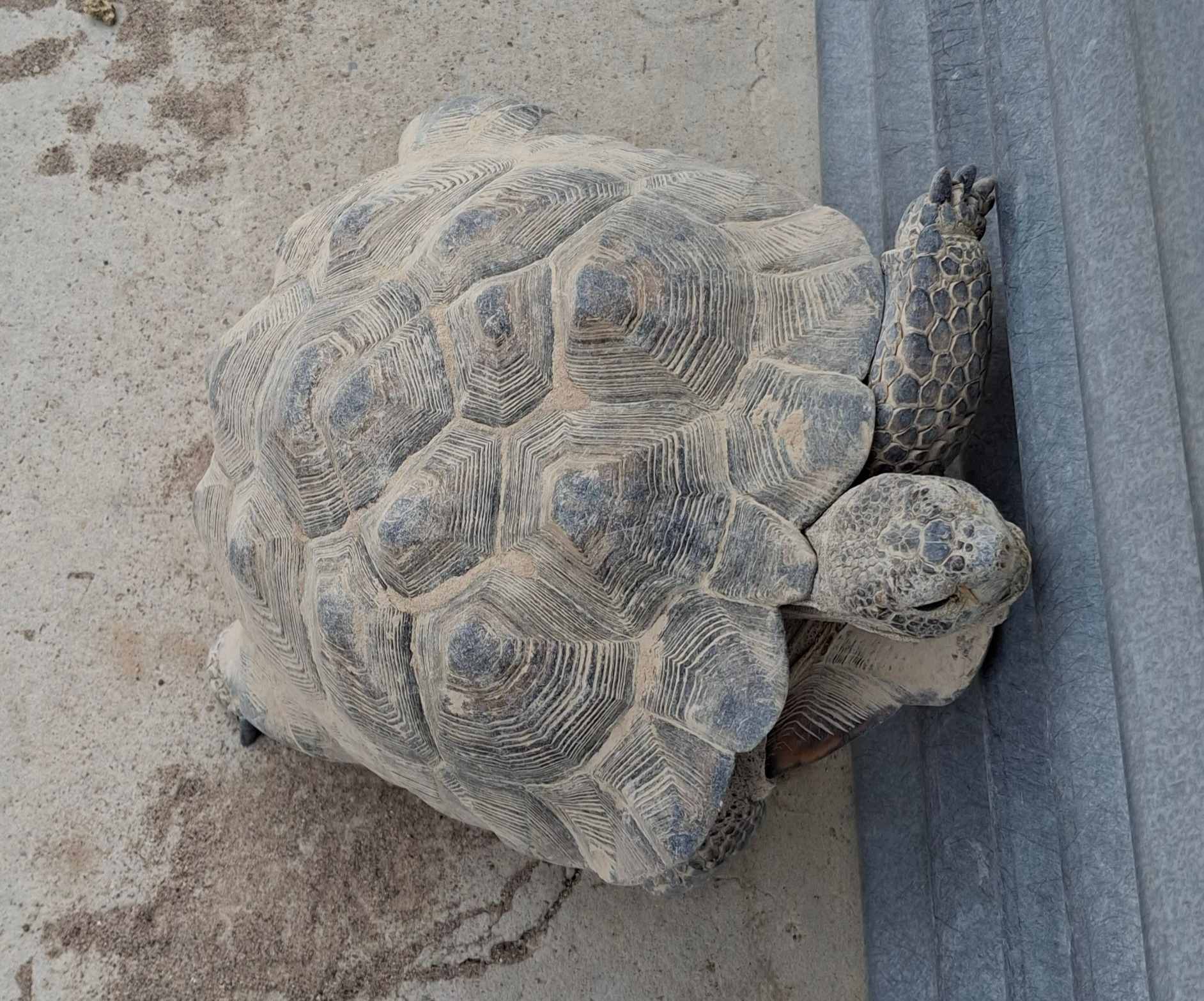
Top-rated campgrounds near Death Valley National Park
More campsites near Death Valley National Park
The best camping in Death Valley National Park, CA guide
Overview
About
Encompassing over 3 million acres of the Mojave Desert, massive Death Valley National Park offers adventurous campers the chance to explore one of the hottest places on earth. This geologically rich area features a mix of peaks, canyons, and Sahara-esque sand dunes and is a great place to hike, rock climb, mountain bike, and camp. The park's remote location, coupled with its generally clear skies, make it an excellent spot for stargazing, and it's common to spot celestial wonders in the Death Valley night sky, even with the naked eye.
Death Valley National Park RV Camping
Spread out over millions of acres on the California-Nevada border, this massive national park is a fantastic place for an RV getaway, especially in the cooler months of the year. Death Valley offers a mix of developed in-park campgrounds as well as private campgrounds and Hipcamps. Developed options include Furnace Creek Campground, which has hookups at 18 sites, as well as Texas Springs Campground, Sunset Campground, Stovepipe Wells Campground, Wildrose Campground, and Mesquite Spring Campground. Most shut down during the summer months due to extreme temperatures, but all are available on a first-come, first-served basis, except for Furnace Creek, which offers reservations from mid-October through mid-April. Just note that Furnace Creek sites well in advance, and many people snap up reservations as soon as they become available. Fortunately, there are plenty of reservable sites at RV parks in the area, many of which are available on Hipcamp with picnic tables, toilet access, hot showers, and full RV hookups.
Notable campgrounds
- Best for winter camping: Furnace Creek Campground is open all year long and allows reservations from mid-fall through mid-spring.
- Best for a quiet experience: With only 23 campsites, Wildrose Campground offers a quiet alternative to busier campgrounds.
- Best for families: Near the Mesquite Flat Sand Dunes, Stovepipe Wells Campground offers creature comforts such as flush toilets and a dump station.
Tips for snagging a campsite
- Most campgrounds are closed during the summer months due to extreme heat. Those that are open are made available on a first-come, first-served basis.
- If you want to camp on a summer holiday weekend, such as Memorial Day, Independence Day, or Labor Day, it's wise to arrive a couple of days early to secure your spot.
- Sunset Campground and Stovepipe Wells Campground are your best bets if visiting during a busy period.
- Furnace Creek Campground is available for reservation from October 15 through April 15 and operates on a first-come, first-served basis during the rest of the year.
When to go
The best time to visit Death Valley is either in spring or fall, when the temperatures are warm but not unbearable. Springtime in particular is pleasant and often gets wildflowers. Summer can get crowds, especially on three-day weekends, despite the fact that temperatures in the valley often hover well above 110°F. Winters are considerably cooler, and the park sometimes get snow at high elevations.
Know before you go
- The temperatures in Death Valley can get incredibly hot. It's wise to drink at least one gallon of water per day and avoid hiking in low elevations when the weather is hot.
- Always stay on paved roads, particularly in summer, so that you can be easily reached by emergency vehicles. Driving off of designated roads is illegal.
- Keep an eye out for rattlesnakes, scorpions, and poisonous spiders, all of which live in this desert.
- Cell service is limited throughout much of the park, though Furnace Creek and Stovepipe Wells generally get some coverage.Download offline maps before you head out.
Nearby attractions
Embark on a unique camping adventure amidst the otherworldly landscape of Trona Pinnacles. Set up camp near the towering Tufa formations, explore the ancient fossil beds, and stargaze under clear night skies.
